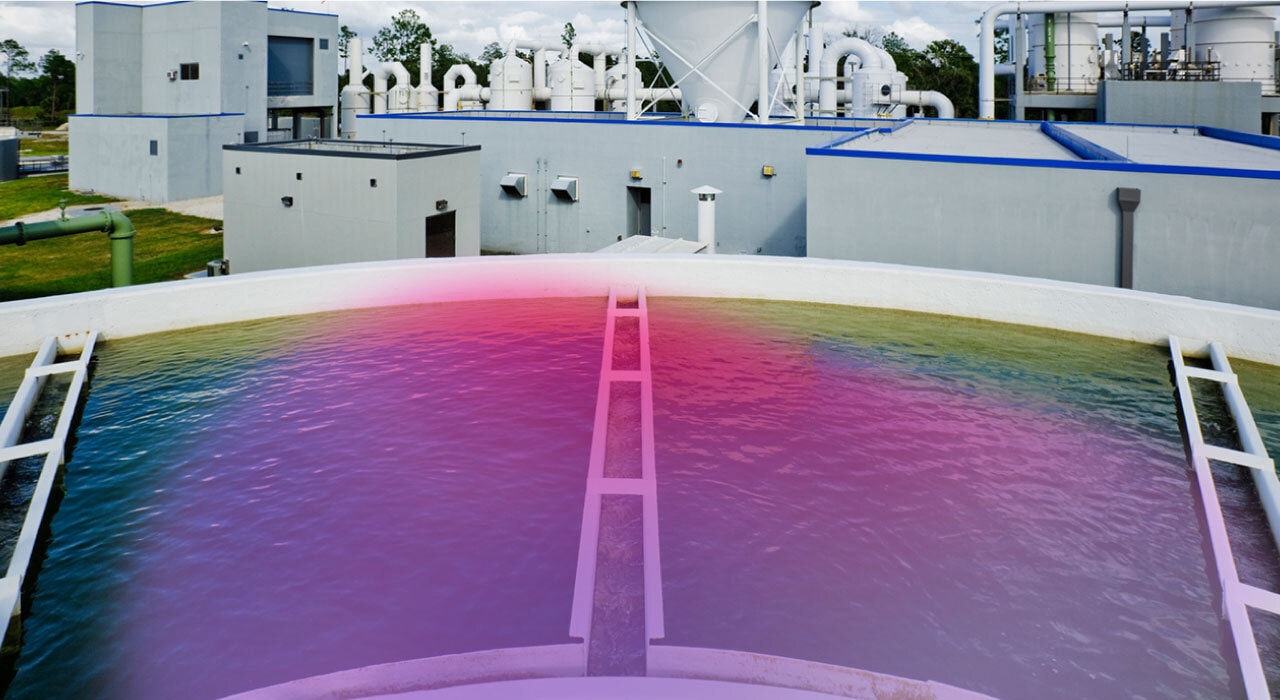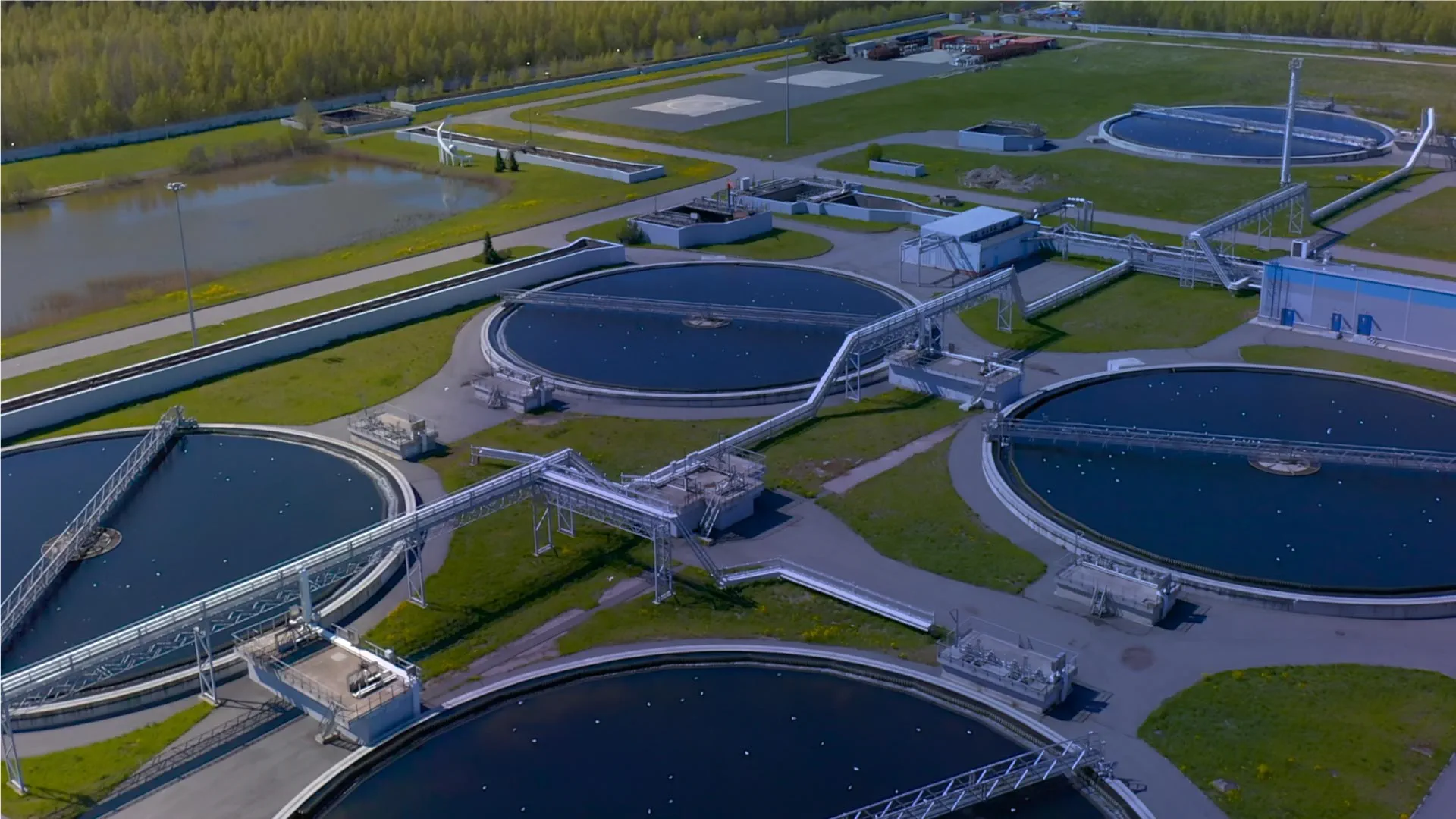"With all that's happening in the world, we all need to do our part in building resilience in the round faster," writes Joe Roebuck, Gen's Global Water Director
From raging floods and crippling droughts, we now have ocean fires and catastrophic events unlike anything we've seen before. The case has never been clearer - or more urgent. We need to build resilience faster. Now.
Utilities have always prioritized the traditional aspects of business resilience, which includes the economic and financial (particularly in light of COVID and the immediate need to rebuild economies), the operational and strategic, and the sustainable and future-proofing. Recently, however, a new pillar of resilience has emerged, but it's one that many organizations are yet to fully integrate into their operations: data resilience.
Data resilience is a product of the recent digital revolution, and a new aspect of organizational resilience that, in many cases, still takes the backseat in favor of traditional priorities. In reality, data can be a powerful tool in guiding all efforts of building resilience in the round, which is especially important now that it's become apparent that investments and networks can no longer keep up with the rate with which assets are deteriorating at a global scale.
Harnessing the power of your organizational data helps you determine the true state of things and decide on the best course of action. To guide you on this journey, we have compiled four, key starting points to help you build resilience faster through data.
Step 1: Quantify resilience
Resilience means different things to different people.
Every organization across every sector contends with its own unique set of hazards, working with its own state of asset health and age. Setting a framework by which you can capture resilience at all levels as it applies to your organization and unique situation, is the crucial first step.
Look at all pillars and evaluate both the individual and overall status of your company's resilience to identify potential gaps. Capture and understand this landscape and what it means to you organization. To do this, you need to develop a methodology to serve as a guiding framework for your evaluation. And while you're certainly able to do this on your own, from scratch, it is considerably more effective (and time efficient) to leverage the methods and tools that already exist in your organization, and build these into all facets of your asset planning process if you have not yet already.
Look at resilience holistically, and not only in terms of basic variables such as the age of an asset or the last [recorded] date of repair. Instead, consider all external factors that play a role in the lifecycle of your assets, especially those directly linked to events like droughts and storms, as well as ongoing threads like climate change. Assess them through the lens of all four pillars of resilience — financial, operational, environmental and digital — and see how you're currently fairing and what work still needs to be done.
Step 2: Use the right tools
But developing a comprehensive framework with which to baseline your resilience-building efforts can be a tall undertaking, especially if you only have old-school, manual processes to support your work. Times have changed. It follows that your methodologies need to evolve, too.
Digital tools help you capture the necessary information to guide the next steps for your organization. Which stations or treatment works are susceptible to flooding due to climate change? What is the situation in the individual sites and various parts of your network? Which projects are not yielding the expected ROI and need to be reevaluated? Once you have captured a holistic view of the current state of your assets, you can use benchmarks to understand overall which specific assets and sites are at highest risk due to poor levels of resilience. Some standards you can use as baseline are a self-generated average score based off of frameworks like the Sustainable Development Goals, the Six Capitals Frameworks, and others.
But conducting such a massive assessment using traditional spreadsheets and manual methodologies can be difficult and prone to errors. While it's true that you can do things manually and capture numerous information across thousands of spreadsheets for all assets under your portfolios, the difficulty and duration of the task could mean that this process only gets done as a one-off because of how hard and inefficient it is to replicate, especially on a very regular basis. The simple fact is: older processes are not designed to, and no longer able to, handle the complexities and sheer volume of information involved in modern asset management.
That's why new digital asset management tools like Arcadis Gen's AppliedInsight apps have been designed specifically for the incredible complex and continuously evolving world of asset management. They are optimized to each sector's unique needs and are made to handle big data — data records numbering at the millions and well beyond. In addition, cloud-based tools such as the Water AI Pipe Predictor and the Water Above Ground Optimizer are also made to address longstanding issues like data silos and disparate spreadsheets by compiling all your data in a single, highly-secure platform that only the right people can access.
Step 3: Model and optimize
Powerful data-gathering capabilities are only the tip of the iceberg for modern digital asset management solutions. They are, first and foremost, decision support tools. They store information and crunch those numbers, analyze your records against known and new variables, generate "what if" scenarios with highly visual, intuitive dashboards, model and optimize the best possible options given the parameters, and provide you with data-driven insights that can significantly boost your business decision-making capabilities.
Using fit-for-purpose digital tools as opposed to conventional spreadsheets and older forms of record-keeping will be key in your efforts to build resilience now and into the future. Their modeling and optimization features enable you to pin down the projects and jobs across your asset network that will have the biggest impact in terms of improving your overall resilience. Powered by your data, as well as innovations in machine learning and artificial intelligence, digital tools can help you choose the right projects and the right people for the job, empowering you to make the right decisions at the right time.
Step 4: Engage everyone
Resilience doesn't stop with asset managers and their spreadsheets. It takes an all-hands-on-deck approach to become truly resilient and future-proof. engage and empower everyone in the organization to do their part, from the experts working in the field to the executives making decisions in the boardroom. While asset managers and field experts ensure operational resilience, the rest of the business are involved in financial and strategic resilience, making sure that you, as an organization, remain financeable, able to get the right rates to secure the necessary investments.
Building resilience does not stop at the asset planning phase, and it does not rest solely with a handful of individuals within the wider organization to champion. It's a cohesive effort, guided from the top-down, across all departments, and built into all facets of business operations — even organizational culture.
Moving forward...
With all that's happening in the world, we all need to do our part in building resilience in the round faster. And key to achieving this is equipping your organization with the right tools and methdologies to address not only the universal issue of asset management, but also the more pressing challenge of climate change.
Start by defining what resilience means to your company. With the right digital tools, you can quantify the status of your assets and set a benchmark with which to measure your progress. Use the same tools to model and optimize decisions to determine which projects and courses of action will get you closer to your goal. And above all, make sure the entire organization, especially the decision-making C-suite, is engaged to ensure resilience is being addressed at all levels.
Did you find this information useful?
Did you find this information useful?
Thank you for your feedback!

 Back
Back






